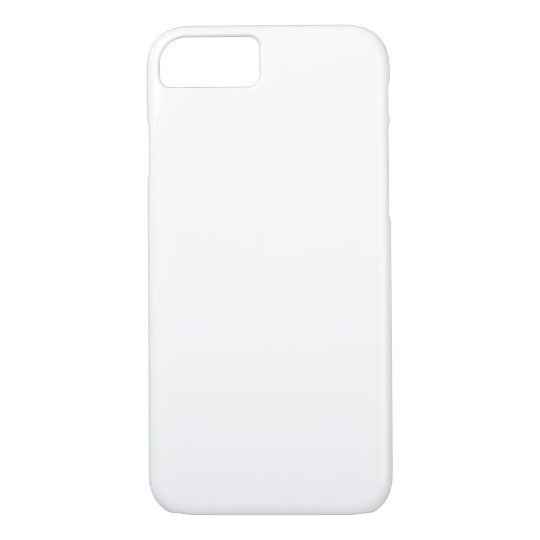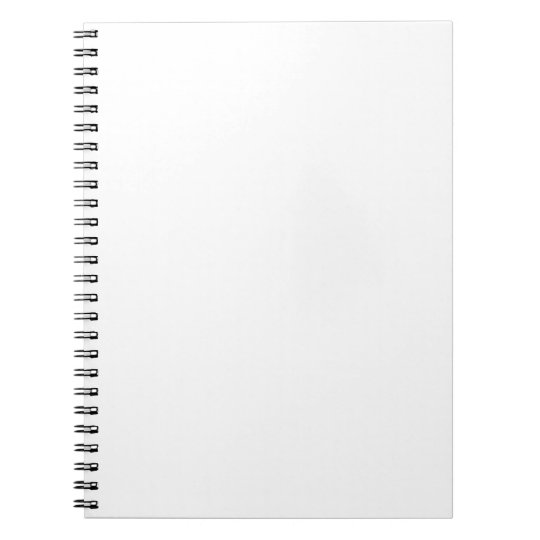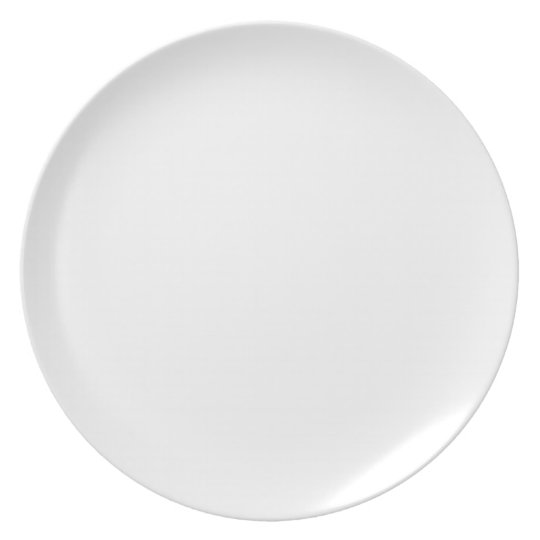Used words
coastlines
Easter
Island
also
known
as
Rapa
Nui
is
an
isolated
island
off
the
coast
of
Chile.
While
being
owned
by
Chile
this
falls
within
subregion
Oceania
Polynesia.
The
Polynesian
region
can
be
described
a
triangle
reaching
from
main
islands
Hawaii
New
Zealand
and
Island
with
hundreds
more
smaller
those
borders.
Nui
has
been
central
place
archeological
historical
significance
for
many
years
because
its
famous
head-shaped
statues.
There
are
over
1000
these
figures
called
moai
which
were
created
during
13th-16th
centuries.
moai
carved
stones
resembling
human
oversized
heads
resting
on
massive
stone
pedestals.
As
modern
technology
reaches
new
heights
so
does
our
collective
understanding
Nui’s
past.
Discovered
in
1722
European
explorer
Jacob
Roggeveen
thoroughly
studied
explored
to
understand
origin
meaning
behind
people
their
cultural
creations
(Hunt
Lipo
2006).
Early
Polynesians
South
Pacific
have
documented
back
2800
ago
expansion
Eastern
did
not
start
until
after
800
A.D.
Historians
mainly
excavated
extensive
collection
scattered
throughout
coastlines.
Through
studies
discoveries
made.
Carbon-14
instrumental
tool
data
collecting
around
world
since
‘40s.
original
radiocarbon
dates
come
expeditions
Norwegian
team
led
Heyerdahl
1950s
From
expedition
19
samples
collected
terrain
waters.
was
found
significant
vegetation
change
associated
arrival
large
number
750
However
discredited
unreliable
due
inaccuracy
lake
core
sediment
dates.
Efforts
paleoenvironmental
reconstruction
hindered
accurate
could
secured.
According
Martinsson-Wallin
Crockford
archeologists
120
any
sample
date
predating
should
considered
unacceptable.
After
realization
that
needed
reworked
cross
analyzed
other
efforts
made
obtain
An
excavation
technique
“in
situ”
(“in
of”)
ensured
artifacts
removed
location
discovery.
One
important
locations
Anakena
Dune
it
only
sand
dune
gives
access
unique
strata
dating.
Eight
charcoal
discovered
1200
evidence
occupation
island.
Three
specific
rules
established
verifying
false
(i.e.
anything
follows
criteria
would
unreliable).
1.
Any
marine
material
or
terrestrial
animal
bones
reliable
incorporation
old
carbon.
2.
mixed
materials
such
soil
together
rejected.
3.
Dates
replicable
show
overlap
additional
tests
Following
guidelines
eliminate
faulty
data
narrow
window
acceptable
657
1180
cal
A.D
(on
low
end).
Additional
fits
discovery
intervention
environment
but
precise
further
established.
It
may
possible
rather
than
group
settling
1180-1200
A.D.
possibly
there
much
population
had
less
obvious
environmental
impacts
earlier
then
1200s
they
spike.
This
why
lot
comes
out
before
800s
however
just
theories
recreated
numerous
times
using
carbon-14
isotope
example
land
degradation
caused
use
ecosystem.
Poike
peninsula
site
seen
most
located
eastern
part
(Meith
Bork
2005).
In
days
very
healthy
fertile
soils
colonizing
island
areas
desertification
taking
today.
erosion
tells
us
about
used
live
analysis
profiles
allows
history
people.
shows
causes
effects
gullying
context
use
history
evolution.
Gullying
process
making
deep
channels
water
passage.
practice
became
common
sudden
increase
sheep
20th
century.
Gullies
themselves
problems
creating
extended
badlands
peninsula.
Badlands
heavily
eroded
little
grow
survive.
settlements
community
ceremonial
buildings
built
1300
Around
1400
agriculture
started
become
popular
increasing
amount
healthy
land.
latest
count
at
1043
completed
structures
average
stand
~13
feet
weigh
~10
metric
tons
each
(Yang
2022).
largest
“El
Gigante”
69
200
Rano
Raraku.
Raraku
quarry
where
all
statues
originally
built.
Moai
typically
placed
backs
sea
platforms
ahu.
Some
red
pukao
represent
topknots
like
what
builders
worn.
Pukao
either
feather
crown
turban
symbolic
society
centered
ancestor
worship
fertility
rites
passage
(Van
Tilburg
Lee
1987).
1500
A.D
shift
ethnographically
cult
manutara
(birdman).
Anthropomorphic
bird
symbols
cultures
before.
believed
birdman
symbol
sacred
creator
god
Orongo
evolution
ahu
images
statue
Nui.
.
Create your own






